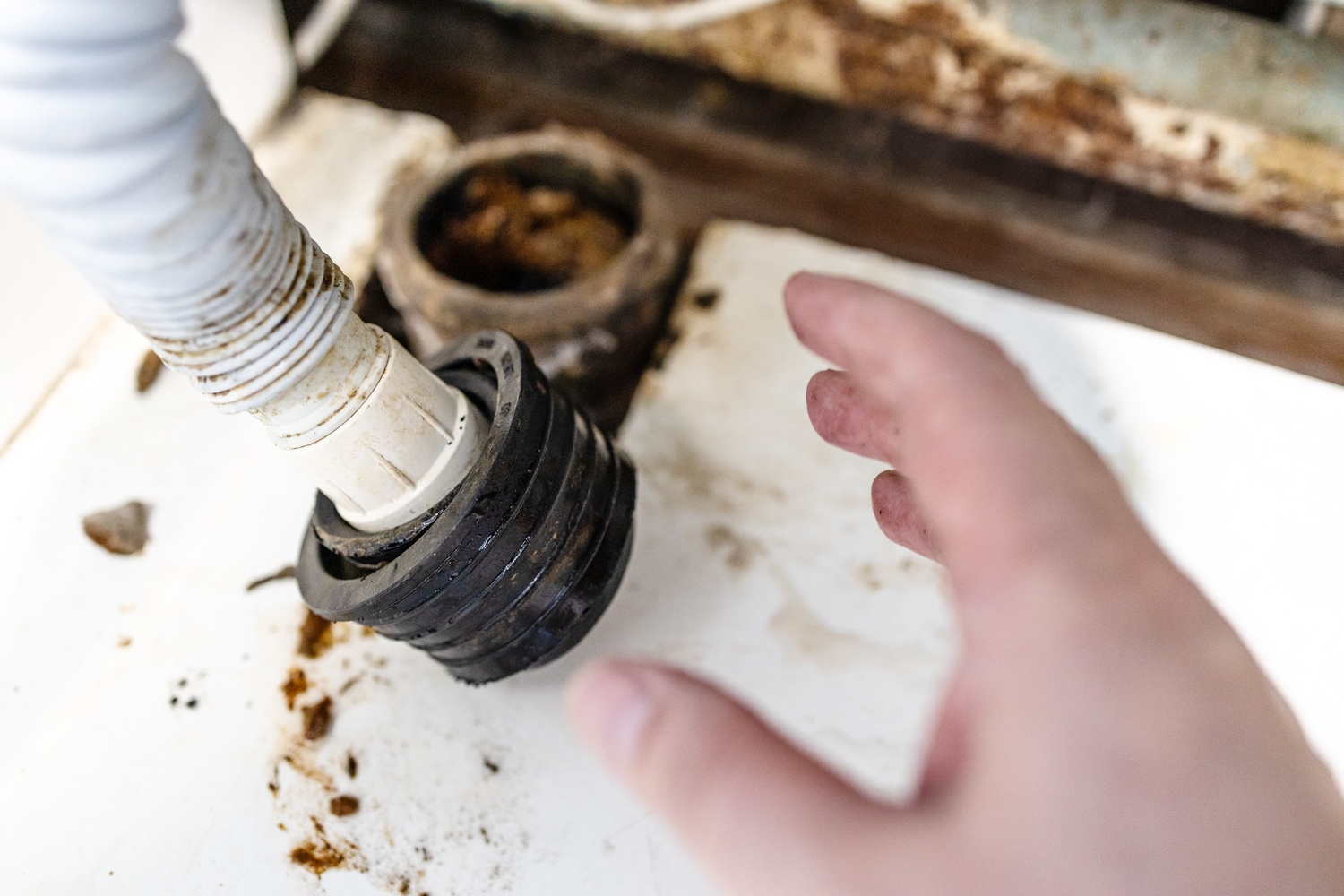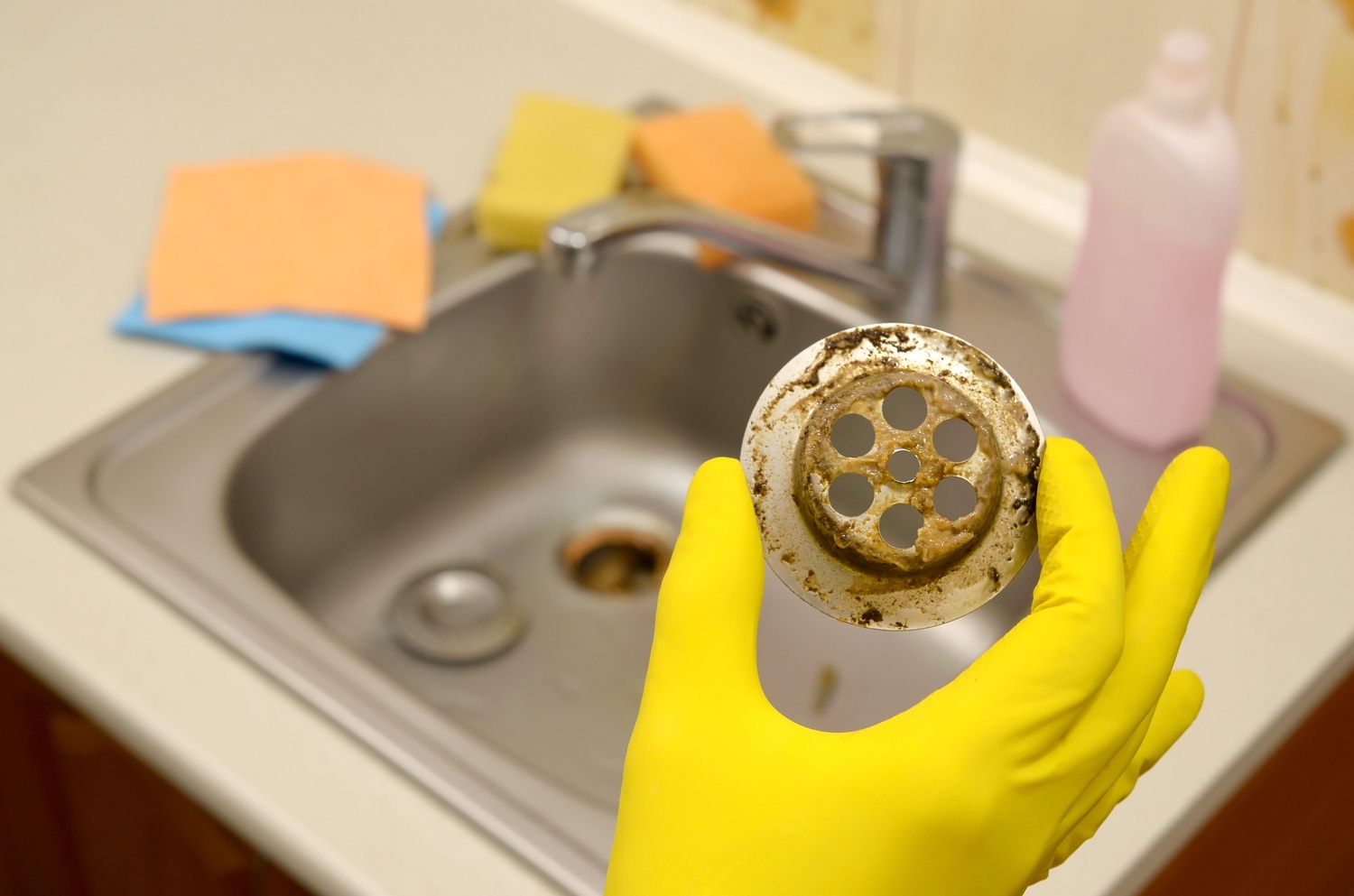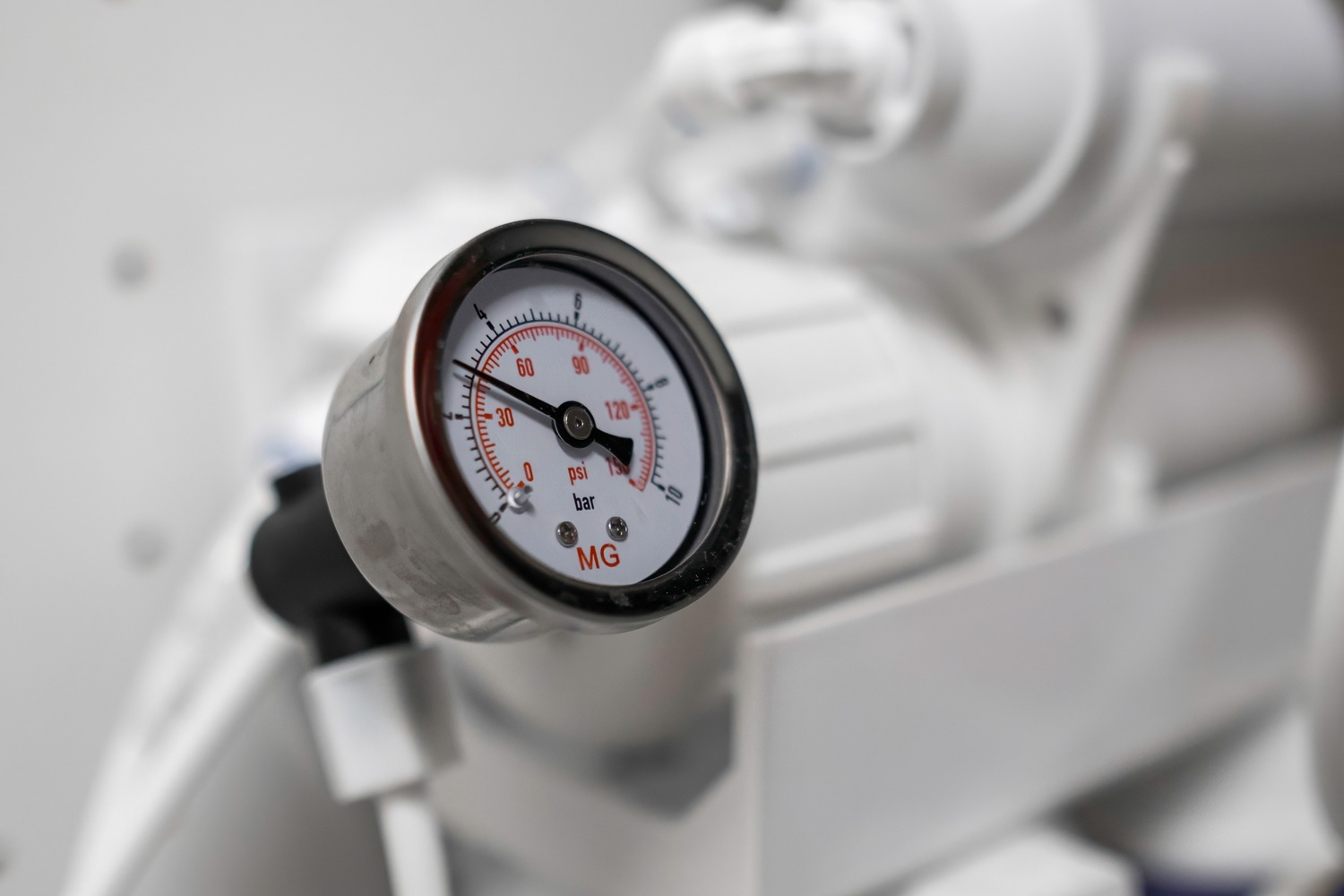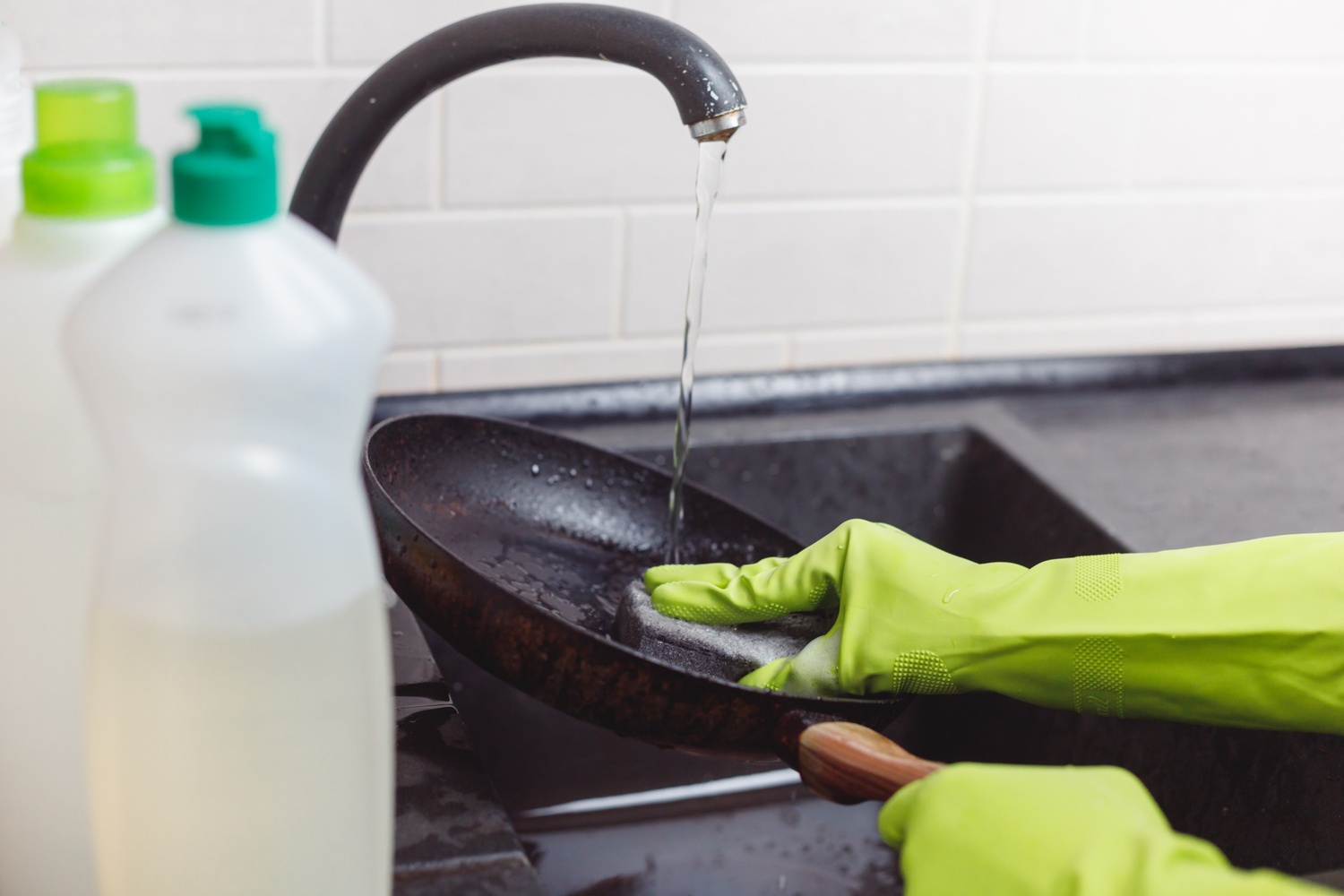Water sewage and its infrastructure is Australia’s backbone, which plays the most important role in public health, economic growth, and the environment. As such, this infrastructure includes most of the major systems, from water supply to wastewater management and stormwater management, which are vital for the livelihood of communities living in Australia.
This article will explore some growth statistics and trends, relevant developments, and how those stats might apply to property owners’ and plumbing decisions.
Link Plumbing is a company that specialises in handling the challenges associated with water and sewage and has built a strong track record of providing quality plumbing services that accommodate any need.
Growth Stats in Australia’s Water and Sewage Sector
Historical Overview
Australia’s water and sewerage system has developed significantly through a series of expansions and the establishment of various government initiatives to improve the management and infrastructure of water resources. Key events in the evolution of water and sewage systems in Australia:
Development of Water and Sewage System in Australia
1898-1899: Building of the earliest sections of the Western and Southern Sewerage System; unlike elsewhere in the world, where muck was still dumped into the nearest waterway, muck was now to be carried to treatment plants like the Botany Sewage Farm.
1917: New South Wales introduced the Metropolitan Water Supply, Sewerage and Drainage Act, which provided comprehensive water supply and sewage services.
1954: The National Water Resources Council is established to coordinate federal policy on the management of water resources.
1970s: Australia began large-scale investment in sewage treatment plants to address urbanisation and pollution problems.
2006: Australia’s first seawater desalination plant, Kwinana Desalination Plant, began operating in Perth to address challenges in the water supply exacerbated by climate change.
2007–2008: Commonwealth takeover of Murray–Darling Basin$10 billion The government said the Commonwealth would take control of the Murray-Darling Basin and the management of water available (10 billion dollars, the result of substantial water shortages).
2010: The Tugun Desalination Plant opened in Southeast Queensland, contributing considerably to the region’s water supply during drought.
April 11, 2023: Australia started relying on new technologies and projects to increase water recycling and conservation, sensing its growing population would require secure water supplies for decades.
Population Growth Impacts
Population growth and urban expansion pose problems that put considerable demand on water supply and sewage treatment facilities. With these pressures building up, governments and city planners must develop more holistic plans for water use, infrastructure investment, and their communities’ education to mitigate the current and future water issues facing urban areas.
Source: ResearchGate
Infrastructure Investments
In Australia, several large infrastructure projects and major investments have been made to expand sewage networks and improve water treatment capacity.
These initiatives are key to withstanding the increasing demands for water and sewage services, particularly in urban areas and fast-growing regions.
- The National Water Grid (NWG) Fund: This is a priority initiative of the Australian Government, investing $2.5 billion (US$1.8 billion) over a progressive ten-year period.
- Western Sydney Infrastructure Plan (WSIP): This ongoing project involves vast amounts of water and sewage infrastructure as part of an initiative to service the burgeoning Western Sydney population.
- Western Water, Melbourne: The project aims to expand the space for wastewater treatment and increase the effectiveness of city drainage. It includes many initiatives to improve treatment methods and infrastructure expansion to support growth.
Trends Shaping Water Usage and Sewage Treatment
Water usage and availability in Australia have undergone unique changes within the last ten years due to the consequences of climate change and the patterns of human water use. Both of these- influencing the shift in rainfall patterns and temperature extremes and confronting communities- together build an agenda for sustainable use of Australia’s water resources today and tomorrow.
Source: Climate Score Card
Water Consumption Trends
Economically, Australia’s average per capita household water use has varied over time in a politically regulated environment aimed at achieving increased water efficiency. Over the past few years, household water consumption varies widely by region:
Sydney: Residents use about 200 litres of water per individual per day. This number mirrors the equilibrium with domestic requirements and the various initiatives to assist in curbing water usage.
Melbourne: Melbourne’s average residential water consumption was approximately 164 litres per person per day for the 2021-22 reporting period, up from the previous year’s average of 159 litres per person per day. Changes like the construction of bridges, other parts of the city, and projects that are still progressing have also had an impact.
National Average: The average Australian uses approximately 290-300 litres per person daily, depending on the season and local water-saving campaigns.
Sewage Treatment Advancements
To achieve improved performance of wastewater treatment, plenty of new and novel treatment technologies have been developed and deployed in Australia:
1. Membrane Bioreactors (MBR): MBR is an innovative technology that combines biological treatment and membrane filtration, creating better solid and liquid separation. This approach produces high-quality effluent that can be reused and recycled, thus diminishing the need for freshwater resources.
2. Anaerobic Digestion: A process that occurs without oxygen, decomposing organic materials and yielding biogas as a byproduct. It’s being adopted in several Australian wastewater treatment facilities to reduce the sludge volumes and recover energy from waste.
3. High-Rate Algal Ponds (HRAP): This is a new approach to integrating algae cultivation with wastewater treatment. This process treats wastewater and generates biomass, which can serve as biofuel or fertiliser, leading to resource recovery.
Regional Differences
Urban Regulatory Frameworks: Urban water management is more regulated and guided by stringent local authority systems. Within land-use planning, the importance of urban water management is highlighted by several planning principles that focus on sustainable development outcomes and efficient use of resources.
Rural Policy Frameworks: Programs in rural areas generally focus more on community engagement and local input. Resource management might aim to balance agricultural needs, environmental sustainability, and community needs.
Emerging Sewage Technologies
Here are some major innovations in sewage treatment processes in Australia that seek to increase the efficiency and effectiveness of wastewater management:
UltraBiox UBBOS Series Waterform Technologies
It integrates IFAS (Integrated Fixed Film Activated Sludge) with MBR (Membrane Bio Reactor) technologies to provide one of the world’s first ultra-low energy wastewater one-step treatment processes.
High-Rate Algal Ponds (HRAP)
Algal treatment systems rely on the sun and nutrients in wastewater to grow algae that can be harvested to produce biofuels or fertilisers. This sustainable approach mitigates pathogens from sewage effluent treatment while promoting resource recovery that aligns with the principles of a circular economy.
Anaerobic Digestion Developments
Improved anaerobic digestion systems have been developed to treat organic waste efficiently. Plant-derived genes in the new systems enable enhanced energy recovery, such as biogas, reducing dependency on fossil fuels.
Automated Sampling Technologies (Queensland)
Here, sewer systems collect and analyse wastewater samples through computerised samplers. At times, hourly sampling can also be made available, generating continuous data and resenting real-time data of pathogens and infectious diseases.
Multi-Pathogen Detection Systems
New platforms are being developed to detect multiple pathogens in wastewater, such as those that cause respiratory and foodborne diseases. These technologies complement public health surveillance by detecting threats before widespread outbreaks occur.
Climate Change Influence On Water & Sewage
According to the 2022 CSIRO and Bureau of Meteorology State of the Climate Report, Australia’s temperature of surface air in the 1910s was some 1.47°C hotter, and the average sea surface temperature has increased by a further 1.05°C compared to that prevailing since about 1900.
The state is currently experiencing a prolonged drought, and not only does this affect the amount of water available, but it also has major implications for water quality. Climate Change is global and consists of a complex interaction between oceans, water, land, ice, air, plants, and animals.
Source: The Australian Corrosion Association Inc.
Reduced Water Availability
Due to drought, surface water bodies have less access to groundwater. Decreased water levels can result in the concentration of pollutants and contaminants, extremely reducing water quality.
Elevated Contamination Risks
The reduced flow of rivers and streams during droughts often leads to algal blooms that can generate toxins harmful to human and aquatic life.
Impact on Aquatic Ecosystems
Drought conditions can significantly change the natural habitats of aquatic ecosystems.
Vulnerabilities in Sewer Systems
Old sewer infrastructure is already severely vulnerable in extreme weather conditions, as it cannot cope with a sudden influx of stormwater, resulting in blockage and overflow
Community Initiatives
There are existing local programs and pilot projects in Australia that work to encourage water recycling and limit water wastage. It aims to improve water supply management in urban and rural areas, tackling water scarcity and enhancing sustainability.
Rouse Hill Water Resource Recovery Facility: The facility provides about 32,000 homes with recycled water for nonpotable uses (irrigation and flushing).
Western Australian Water Recycling Strategy: This strategy encourages all forms of recycled water, including but not limited to the irrigation of public and private gardens, industrial purposes, and even a number of non-potable residential uses.
Barwon Water: Water Recycling Projects Barwon Water produces Class A recycled water for non-consumptive purposes, including toilet flushing and irrigation.
Australian Government National Water Supply Strategy: A national strategy that aims to identify and promote innovations in water recycling and reuse in sectors such as urban development and agriculture.
Latest News and Policy Updates
Government Regulations
Regulators worldwide have focused on utilising water resources better and treating wastewater, which, along with environmental concerns, is leading to developments in the regulatory landscape.
Public Health Act 2016 (WA): It establishes the regulatory framework for wastewater management and sewage systems in Western Australia.
Environment Protection Act 2017 (VIC): It raises the environmental performance of wastewater management systems throughout Victoria.
Australian Standard AS1545. 3:2017: This standard provides effective practices for designing, installing and maintaining onsite wastewater treatment systems.
Australian Drinking Water Guidelines (2024): The guideline includes health-based values for new contaminants (for example, per- and poly-fluoroalkyl substances [PFAS]), which ultimately affect how companies treat water and ensure safe drinking water quality throughout the country.
Funding and Grants
The grants vary from government-funded ventures to enhance water efficiency to targeted initiatives for community and agricultural sectors.
Water Efficiency Labelling and Standards (WELS) Scheme: This scheme promotes using water-efficient fixtures and appliances. The same types of grants are for an individual or organisation ready to adapt their plumbing appliances to the required levels that can help with overall water savings.
Queensland Government Water Supply Security Program: Funding is available to upgrade water supply infrastructure where water shortages appear likely to occur. Eligible work might include upgraded plumbing systems that are less prone to leaks and more efficient.
New Projects
These involve upgrades to legacy systems, maintenance and compliance with regulatory directives.
North West Treatment Hub Growth Program: This investment of over $1.5 billion will upgrade the wastewater treatment facilities serving Sydney’s northwestern suburbs. The project will boost the capacity of plants at Castle Hill, Riverstone and Rouse Hill and help meet demand predicted to soar by 112% by 2036.
Water Grid and Melbourne’s Desal Plant: Wonthaggi’s $2.2 billion desalination plant will supply up to 30% of Melbourne’s water supply. This plant is central to the city’s citywide strategy for water management and can deliver 150 billion litres of high-quality drinking water each year.
Western Corridor Recycled Water Project: The project’s net cost during its development was about A$2.5 billion, which included the construction of three new waste treatment plants and miles of piping to treat or recycle wastewater.
Why These Statistics Matter for Property Owners
Such statistics can offer important insights into water consumption trends, treatment efficacy, and the condition of plumbing infrastructure. Here’s how homeowners and businesses can make effective decisions:
Homeowners: Tracking where the water is used in the home can make a huge difference in utility bills.
Businesses: Companies can leverage these statistics to monitor the amount of wastewater generated concerning production levels or occupancy rates. This enables companies to develop tailored water-saving strategies, minimising waste, maximising efficiency, and using water-efficient appliances.
Link Plumbing has extensive knowledge of assessing problems in plumbing systems, optimising performance, and implementing systems that encourage responsible water use. We provide strategic solutions to assist homeowners and businesses with sewage capacity issues and efficient water conservation tactics.
Frequently Asked Questions
1. How often should a property’s sewer lines be inspected?
It is generally recommended that sewer lines be inspected at least every one to three years.
2. Are there government rebates for installing water-saving fixtures?
Yes, several government rebate programs promote the installation of water-saving fixtures, like water-efficient toilets, low-flow faucets, and shower heads.
3. Do water usage rates differ significantly between states?
Yes, the rate at which each state uses water varies a little, depending on the climate, population density, resources and regulations.
4. How do climate change or drought conditions affect local sewage systems?
The exacerbating climate change can make the infrastructure vulnerable and adversely affect wastewater treatment operations. Also, sewage infrastructure can deteriorate or corrode more easily during drought conditions.
5. What role do plumbing professionals play in improving water efficiency?
Plumbing professionals like Link Plumbing help improve water efficiency across residential and commercial settings. We are a key player in installing, repairing and replacing plumbing systems and fixtures, contributing to water conservation measures.

 0412 056 027
0412 056 027 












